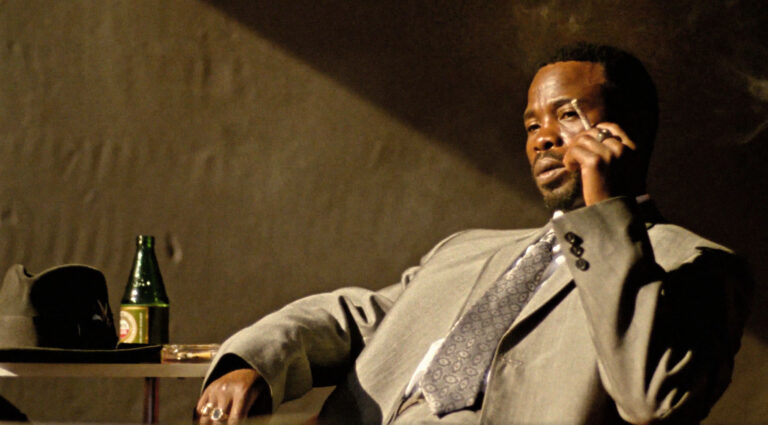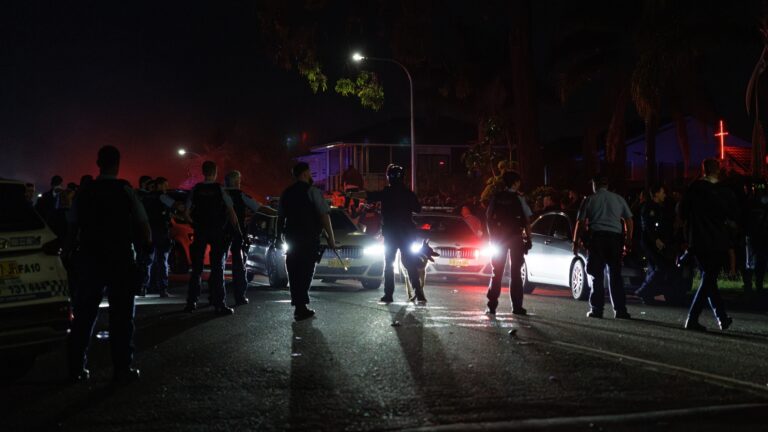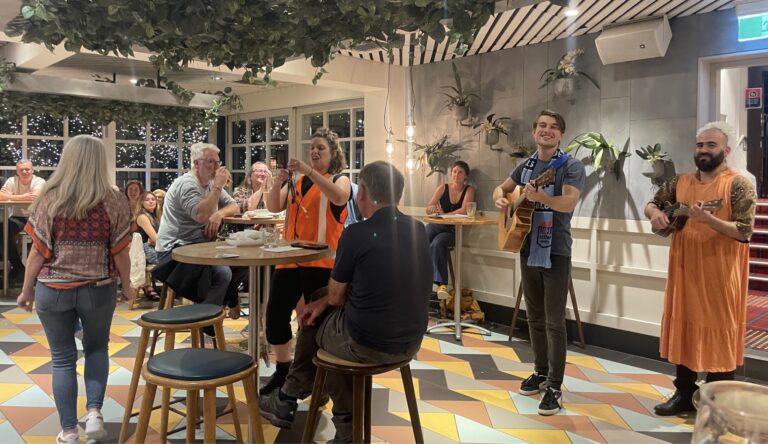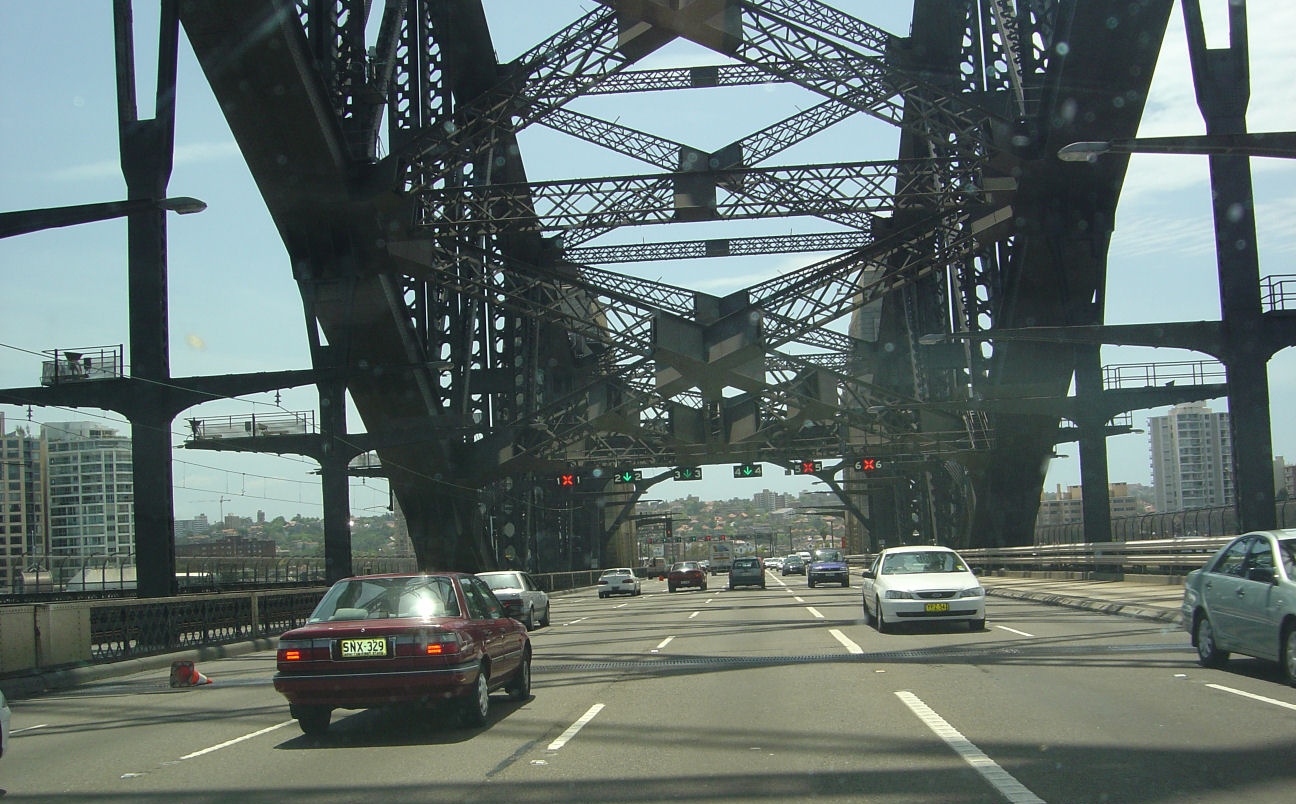
Combustible cladding costly and contentious
by Allison Hore
More than 185,000 buildings in NSW have been investigated for the presence of flammable cladding which resulted in rapid spread of fire in a number of highly publicised incidents.
The multi-agency Cladding Taskforce was established mid last year to review buildings suspected of having unsafe cladding installed.
“To date, 2,388 buildings have been operationally assessed by Fire and Rescue NSW, with 438 buildings requiring further assessment because of the presence and configuration of potentially dangerous cladding,” a spokesperson for the NSW Cladding Taskforce tells City Hub.
In August the NSW Fair Trading commission banned the installation of panels made from an aluminium composite with more than 30% polyethylene on any external walls of apartment buildings two storeys or taller as well as shopping centres, hospitals and schools of more than three storeys.
This comes after a number of incidents resulting from the flammable cladding, including the Grenfell Tower disaster. In June last year, the 24-storey apartment building in West London caught alight. The flammable cladding on the outside of the building was blamed for the rapid spread of the fire in which 72 residents died and a further 70 were injured.
Closer to home, loss of life was avoided in 2014 when the Lacrosse Tower in Melbourne caught alight. The building was clad with the same material as Grenfell.
In all, 228 of the buildings the department earmarked for further investigation by Fire and Rescue NSW are residential, says the taskforce spokesperson.
“FRNSW has visited every one of these buildings, and has devised specialised response plans to be used in the event of a fire.”
Minister for Innovation and Better Regulation, Matt Kean, said in a September press release that the NSW government remained committed to keeping families safe and avoiding a tragedy like Grenfell.
“Our whole of government response to the issue of dangerous cladding has been more comprehensive than any other state in Australia,” Mr Kean said.
Despite this, the NSW government does not offer support to parties affected. In Victoria the state government offers low interest loans to affected homeowners, but in NSW no such financial aid is offered.
However the taskforce spokesperson said that homeowners can make legal claims against builders responsible for installation of the cladding. This comes after an amendment to the Home Building Regulation to make unsafe cladding a major defect.
“This is in addition to the existing rights of owners to seek compensation through the legal system from any other person or company they believe contributed to installing unsafe cladding on their building,” said the spokesperson.
These changes only apply to buildings less than six years old when the statutory warranty period ends, the department spokesperson confirmed. Property owners in older buildings are liable to foot the bill themselves.
This lack of support for homeowners in older buildings has left many apartment owners unhappy, with homeowners in a Pyrmont building facing uncertainty over who will be responsible for the $7 million bill to remove the cladding.
“I’d like to see the government realise they’ve buggered it up over the time, both through a very slack approval process and not a lot of control over flammability and other issues,” apartment owner Colin Knowles told Domain in August.
Residents of the Quay apartments in Haymarket have also been told they may have to pay $45,000 each for the removal of the cladding on their building. They are considering legal action against the building company and developer responsible.
Private residential buildings are not the only ones impacted. An expert report following the disaster revealed that the ABC’s Ultimo studios no longer complied with current fire safety standards.
“The cladding was commonly used when the buildings were originally constructed in 1992 and 2002. However, building and material standards have now changed, and it no longer complies with the current Building Code of Australia (BCA) Fire Safety Standards,” chief financial and strategy officer Louise Higgins told ABC staff in an email.
Internal ABC documents made available by the Media Entertainment and Arts Alliance reveal that 30-40% of the building’s facade is covered by the cladding in concern. But fire safety experts advised the ABC that the building was safe for staff and visitors as long as additional safety measures were put in place.
Earlier this month the ABC submitted plans for a $33 million renovation to the Harris Street building to council for approval. If approved, work will be carried out next year to remove the dangerous cladding from the building and to upgrade the building’s mechanical plant.
It is unknown exactly how much of the renovation budget will be spent on replacing the cladding.









